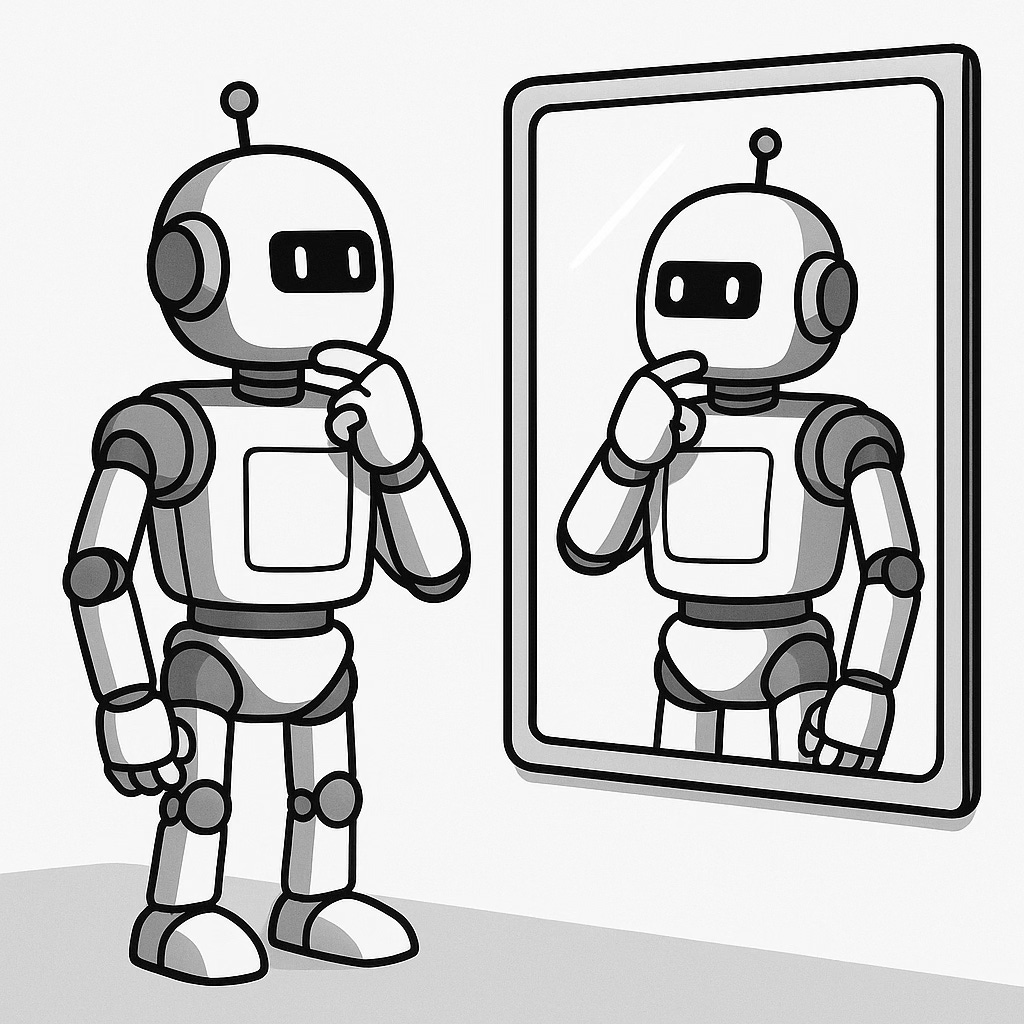Learn to build AI agent: The Art of Reflection: How AI Agents Learn to Think About Their Own Thinking
Why every good agent needs a mirror — and how to build one.
Before you learn how to make an AI agent act, you need to learn how to make it reflect.
That may sound philosophical, but it’s actually the most practical thing you can do.
Because reflection isn’t just a feature — it’s a cognitive function.
It’s how both humans and machines transform experience into intelligence.
Think about your own learning process:
you don’t really understand something until you pause, evaluate what just happened, and rephrase it in your own words.
That pause — the internal feedback loop — is the real engine of learning.
AI agents are no different.
If you only teach them to execute tasks, they become faster typists.
But if you teach them to evaluate their own reasoning, they become thinkers.
Reflection is the first capability that separates a workflow from a mind.
It’s the starting point of meta-intelligence — the moment when an agent stops repeating what it knows and starts improving how it knows.
So before you add APIs, memory, or multi-agent orchestration, start here.
Teach your agent the same habit that drives human cognition:
Look back, understand, and grow from the loop.
1. Reflection: The First Skill of an Intelligent Agent
Before you teach an AI agent to act, teach it to reflect. Acting without reflection is motion; acting with reflection is learning. Humans do this instinctively—we pause, evaluate, and rewrite what we just did until understanding forms. That same habit is what separates a tool from an intelligent system.
Most agents today can plan, fetch, and execute, but they rarely ask, “Was that a good plan?” They move forward bravely and forget just as bravely. Reflection closes that gap. It turns every failure into data, every correction into structure. In technical terms, it adds a feedback loop—Act → Evaluate → Reflect → Refine—that recycles error as signal and replaces blind execution with self-adjusting behavior.
Real reflection depends on two things: reliable feedback and the ability to use it. Feedback means tests that pass or fail, retrieved evidence that can be checked, or constraints that can be measured. The agent then translates those signals into adjustments of its plan, prompt, or tone. Over time, these micro-corrections accumulate into judgment.
The goal is not endless introspection but stable improvement. A reflective agent may move slower on easy tasks but becomes far more reliable on complex ones. With each loop, it learns how to learn. And when you design agents this way, you end up teaching yourself the same rule that governs all intelligence—look back, understand, and grow from the loop.
Keep reading with a 7-day free trial
Subscribe to Susan STEM’s Entropy Control Theory to keep reading this post and get 7 days of free access to the full post archives.


